A wilderness of water
Protecting the life that protects us
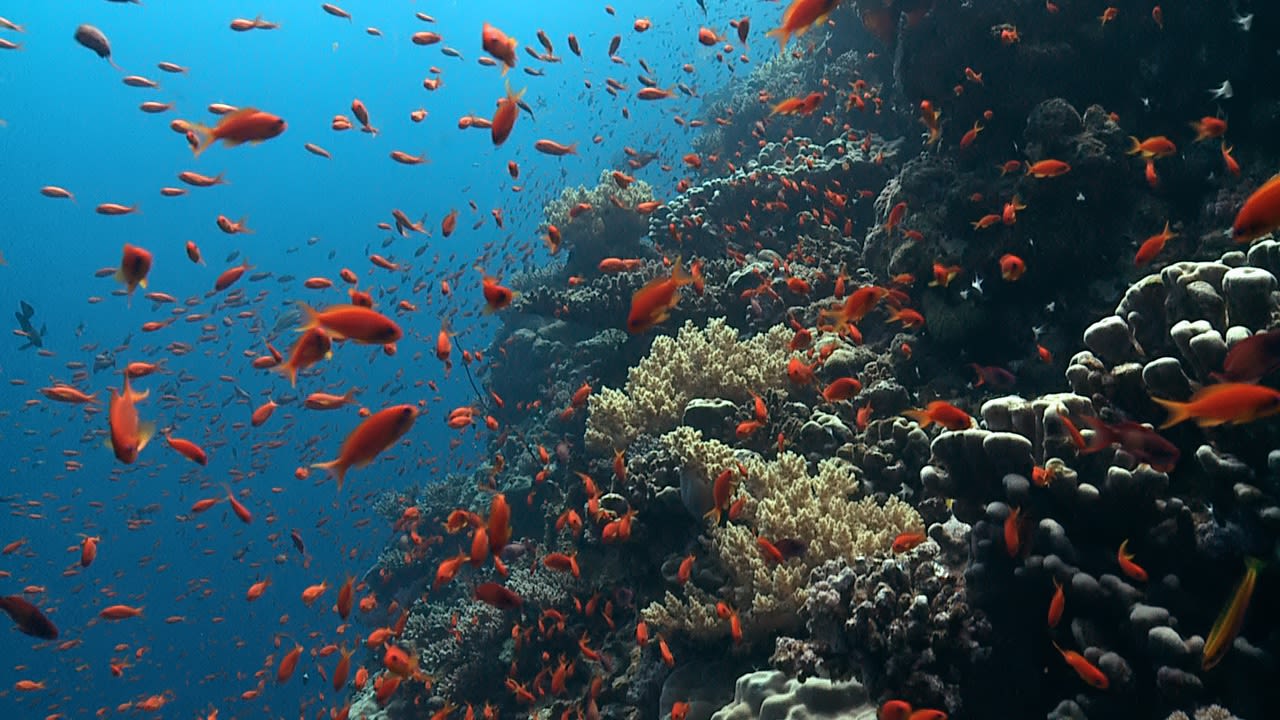

“How inappropriate to call this planet Earth when it is quite clearly Ocean.”
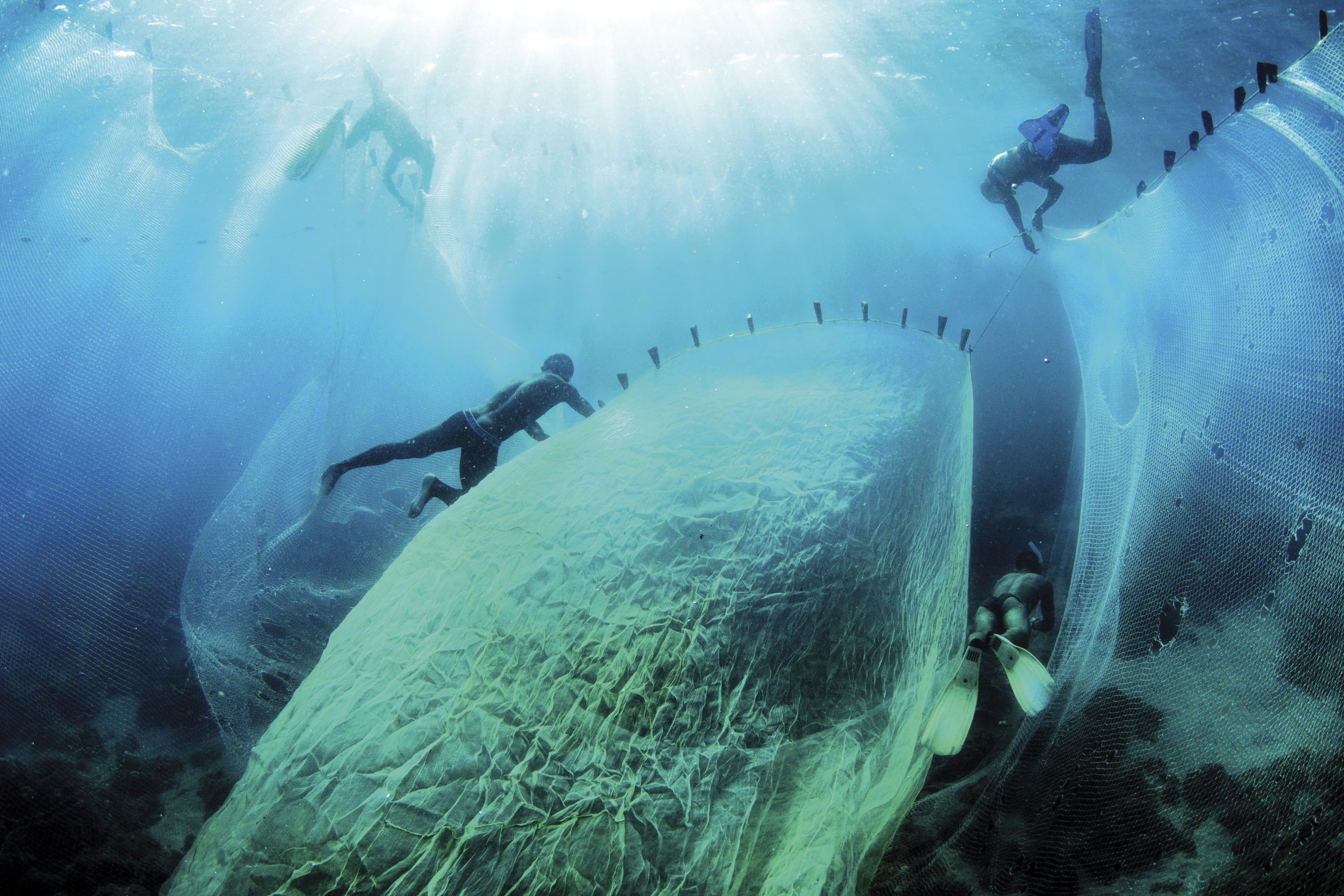
Oceans have always inspired and nurtured us. Their vastness has challenged our thinking and our ingenuity. They have made us sailors, navigators, explorers and scientists.
Parts of our oceans are less visited than outer space. At 11,035m deep, the Mariana Trench is so inhospitable that only three people have ever been there. The surface of Mars is mapped in much greater detail than most of the oceans.
In medieval times, map makers didn’t know what lived in the deep, so they drew monsters.
The modern truth is much more frightening.

“The ocean is under threat from pollution and plastics, from overfishing and habitat loss, from acidification, which threatens all life on Earth.”
Overfishing
“Moby Dick seeks thee not. It is thou, thou, that madly seekest him!”
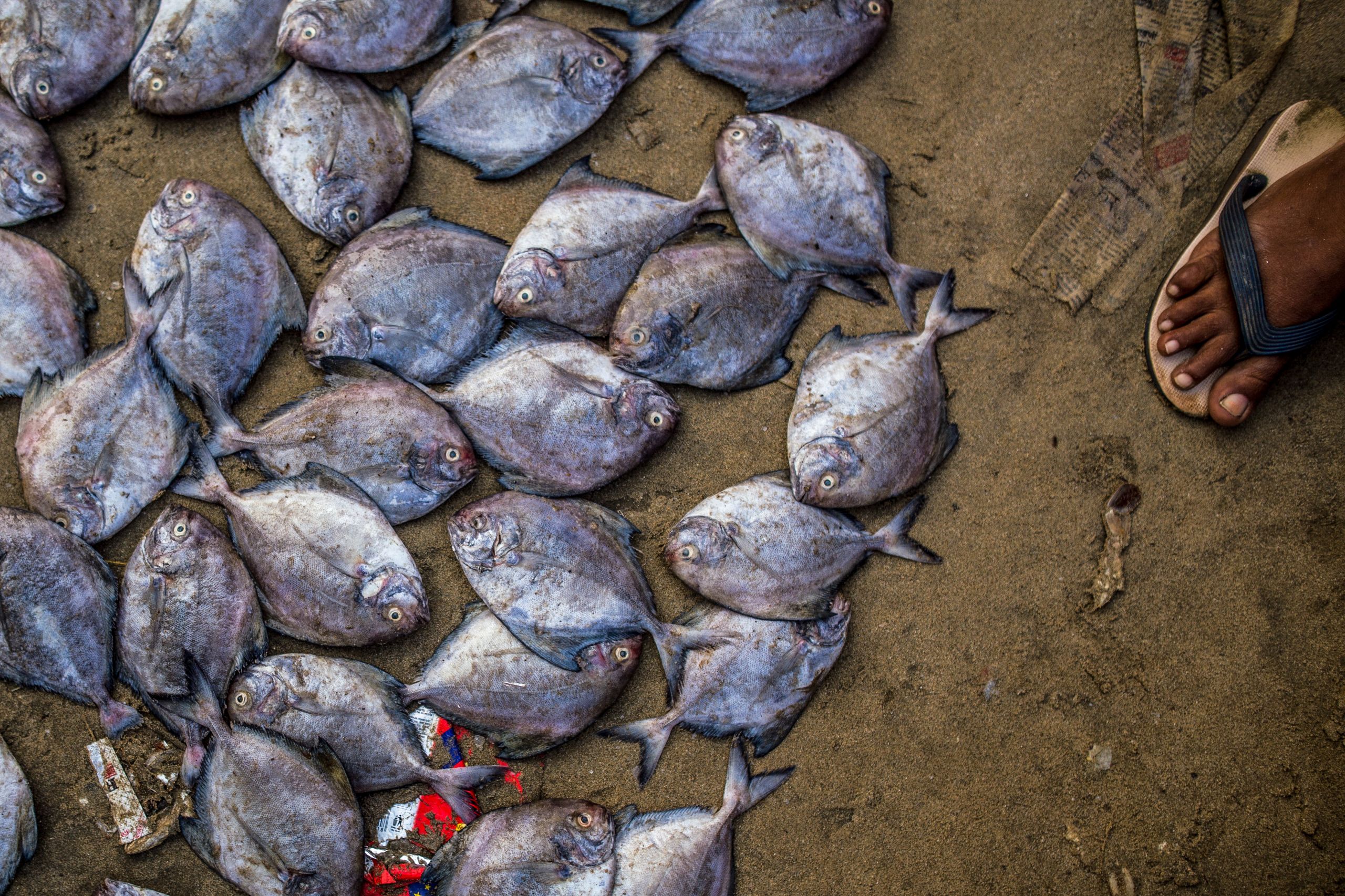
Commercial overexploitation is so severe that 90% of fish stocks are either fully exploited, over exploited, or have collapsed entirely.

Astounding waste persists in the commercial fishing industry. Photo: UNDP Vietnam/Tran Vinh Nghia
This is a slow moving ecological and financial catastrophe. Fishing provides jobs for 260 million people, almost half of them women.
About 15% of the animal protein for human needs comes from seafood. And yet astounding waste persists in commercial fishing.

One in three fish caught never makes it to the plate. Photo: UNDP India / Dhiraj Singh
One in three fish caught never makes it to the plate. Every year fisheries waste about 10 million tonnes of fish—enough to fill 4,500 Olympic-sized swimming pools.
Trafficking also poses a serious threat to life below water; the World Wildlife Fund estimates that 100 million tonnes of exotic fish are captured every year.

There is a slow moving ecological and financial catastrophe happening in the fishing industry, which provides jobs for 260 million people, almost half of them women. UNDP Haiti /Pierre Michel Jean
By 2100, without significant change, more than half the world’s marine species may face extinction.

Astounding waste persists in the commercial fishing industry. Photo: UNDP Vietnam/Tran Vinh Nghia
Astounding waste persists in the commercial fishing industry. Photo: UNDP Vietnam/Tran Vinh Nghia

One in three fish caught never makes it to the plate. Photo: UNDP India / Dhiraj Singh
One in three fish caught never makes it to the plate. Photo: UNDP India / Dhiraj Singh

There is a slow moving ecological and financial catastrophe happening in the fishing industry, which provides jobs for 260 million people, almost half of them women. UNDP Haiti /Pierre Michel Jean
There is a slow moving ecological and financial catastrophe happening in the fishing industry, which provides jobs for 260 million people, almost half of them women. UNDP Haiti /Pierre Michel Jean
Pollution
“Water and air; the two essential fluids on which all life depends, have become global garbage cans.”
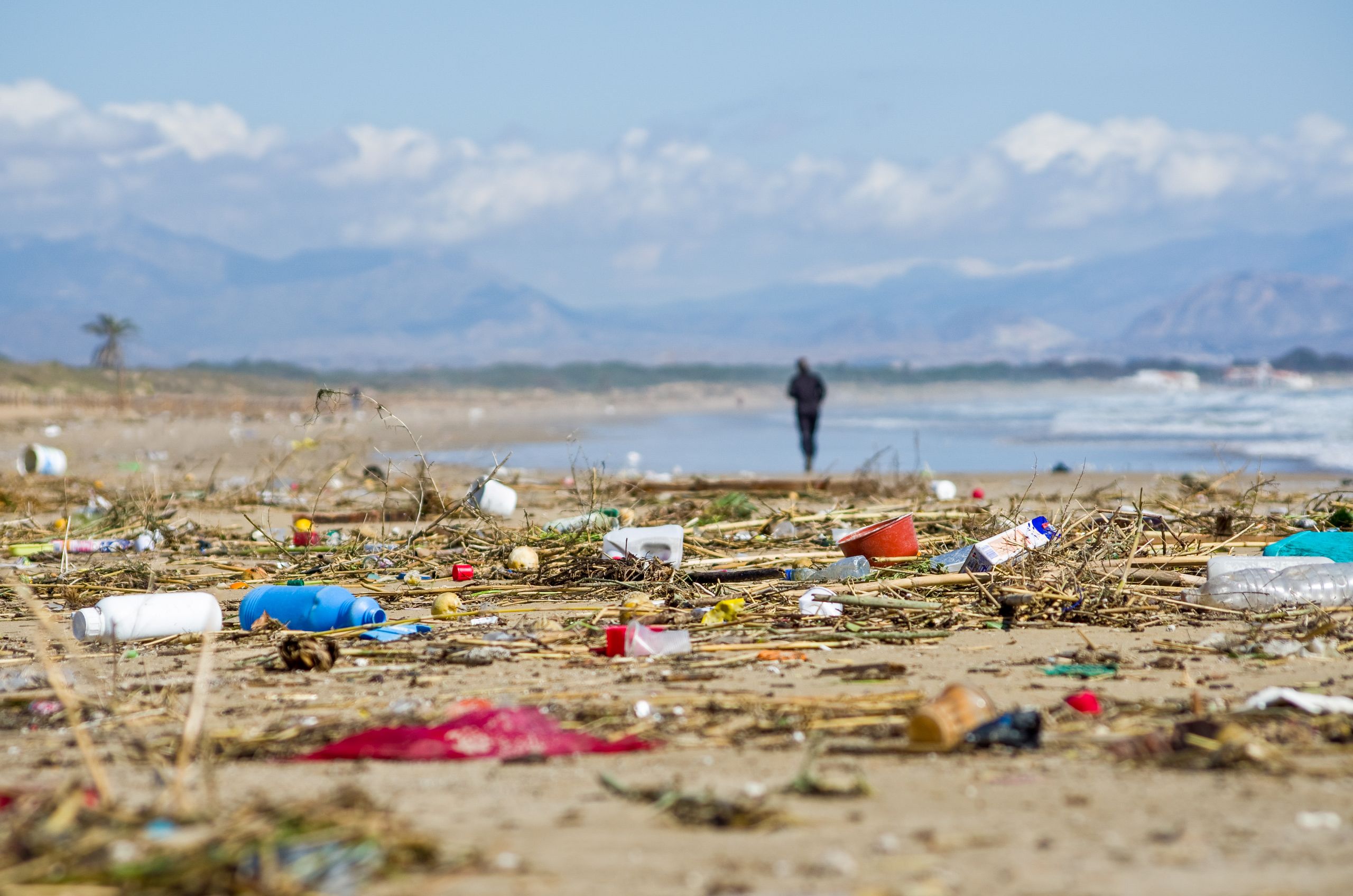

An estimated 5 to 12 million metric tonnes of plastic enters the ocean every year. Photo: Shutterstock
An estimated 5 to 12 million metric tonnes of plastic enters the ocean every year. Photo: Shutterstock
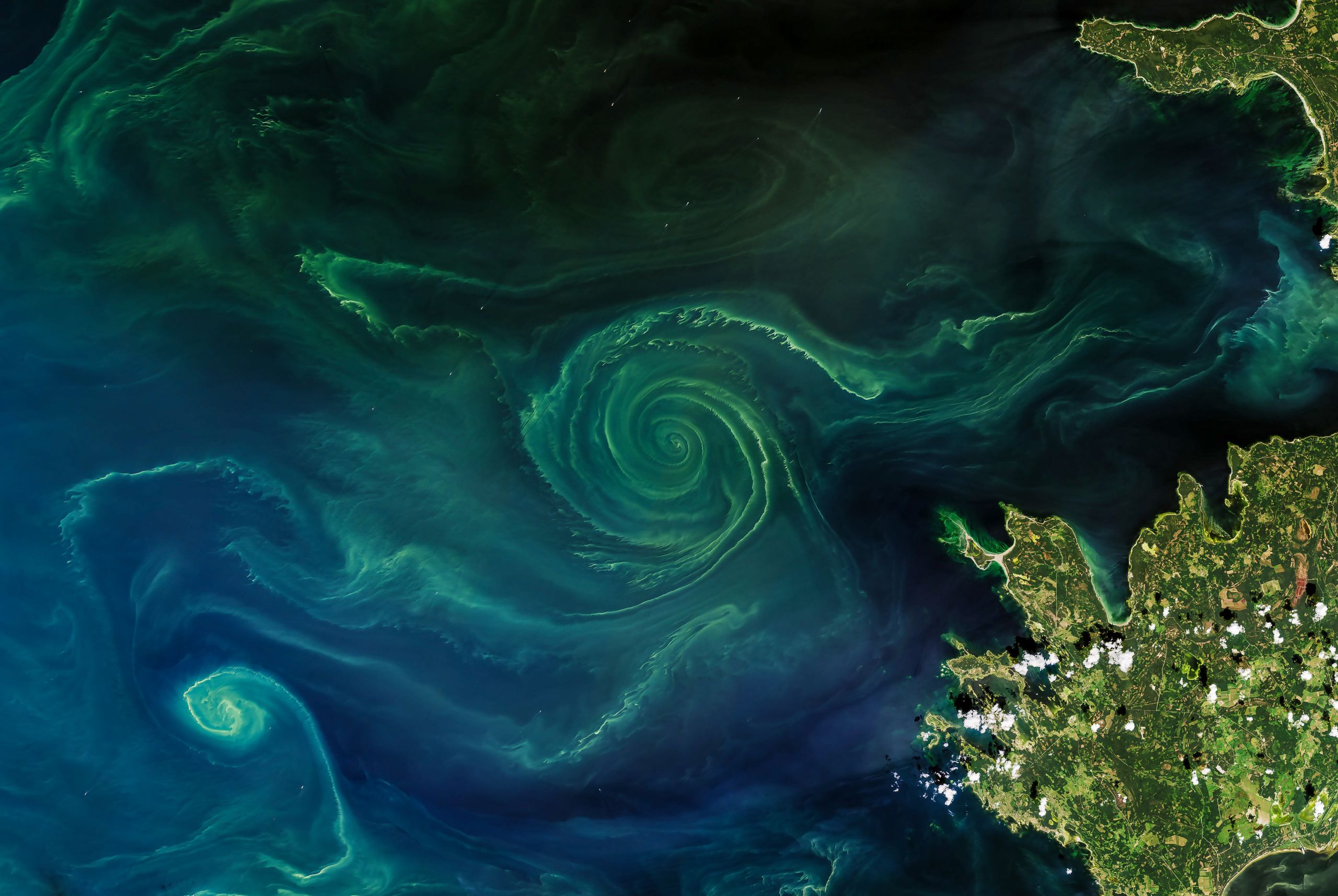
Sewage and agricultural runoff causes a huge plankton bloom in the Baltic Sea, which creates low oxygen dead zones where most marine life cannot survive. Photo: NASA
Sewage and agricultural runoff causes a huge plankton bloom in the Baltic Sea, which creates low oxygen dead zones where most marine life cannot survive. Photo: NASA
An estimated 5 to 12 million metric tonnes of plastic enters the ocean every year.

An estimated 5 to 12 million metric tonnes of plastic enters the ocean every year. Photo: Shutterstock
And even at the deepest, most remote point on Earth, plastics are affecting marine life.
The Great Pacific Garbage Patch is three times the size of France. And it’s just one of five floating garbage dumps in each of the major ocean gyres.

Sewage and agricultural runoff causes a huge plankton bloom in the Baltic Sea, which creates low oxygen dead zones where most marine life cannot survive. Photo: NASA
It has 1.8 trillion pieces of plastic and weighs 80,000 tonnes. About half of that is fishing nets, the other half is single use plastic.
On top of that, sewage and agricultural runoff have overwhelmed coastal ecosystems with nitrogen, causing huge plankton blooms that create low oxygen dead zones where most marine life cannot survive. There are about 500 dead zones covering more than 245,000 km² --about the size of the United Kingdom.
Acidification
“If man doesn’t learn to treat the oceans and the rainforest with respect, man will become extinct.”
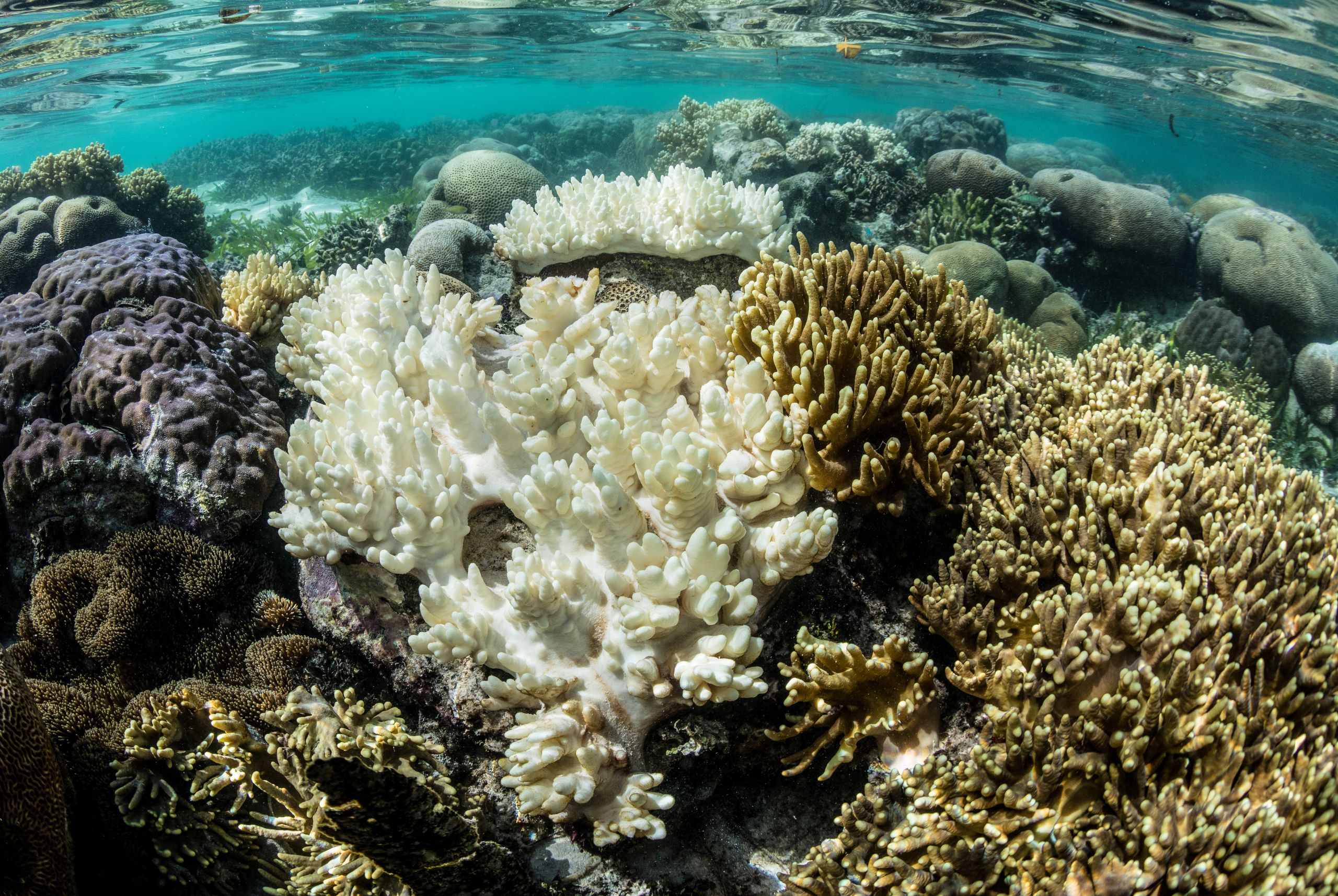
The ocean is a greenhouse gas-fighting champion—it absorbs about a third of the human-made CO2 every year.

Healthy mangroves are one of the biggest resources we have to fight acidification and store carbon. Photo: UNDP Brazil
Healthy mangroves and salt marshes store carbon at 50 times the rate of tropical forests, but we have already lost 20% of the world’s mangroves and 29% of the world’s salt marshes.
Without that vital safety barrier, acidification speeds up; when CO2 dissolves in seawater it becomes acidic, corroding the shells and skeletons of marine animals, particularly the plankton at the base of the marine food chain. Acidification also reduces the breathing, feeding and reproduction of fish and other marine life.

We have already lost 20% of the world’s mangroves and 29% of the world’s salt marshes. Photo: UNDP Brazil
This trend began during the Industrial Revolution. Since then ocean acidity has increased by 30%.

Acidification is steadily killing coral reefs, one of the biggest protectors of ocean biodiversity. iStock / RainervonBrandis
Acidification is steadily killing coral reefs, one of the lynchpins of ocean life. So far, 20% are lost and another 20% are in serious trouble. Implementing the commitments made in the 2015 Paris Agreement is more vital than ever.

Healthy mangroves are one of the biggest resources we have to fight acidification and store carbon. Photo: UNDP Brazil
Healthy mangroves are one of the biggest resources we have to fight acidification and store carbon. Photo: UNDP Brazil

We have already lost 20% of the world’s mangroves and 29% of the world’s salt marshes. Photo: UNDP Brazil
We have already lost 20% of the world’s mangroves and 29% of the world’s salt marshes. Photo: UNDP Brazil

Acidification is steadily killing coral reefs, one of the biggest protectors of ocean biodiversity. iStock / RainervonBrandis
Acidification is steadily killing coral reefs, one of the biggest protectors of ocean biodiversity. iStock / RainervonBrandis
Leading the way for healthy oceans
“Oceans regulate our climate, produce half the oxygen we breathe, provide nourishment for 3+ billion people, and absorb 30% of carbon dioxide released into the atmosphere and fully 90% of the heat from climate change.”
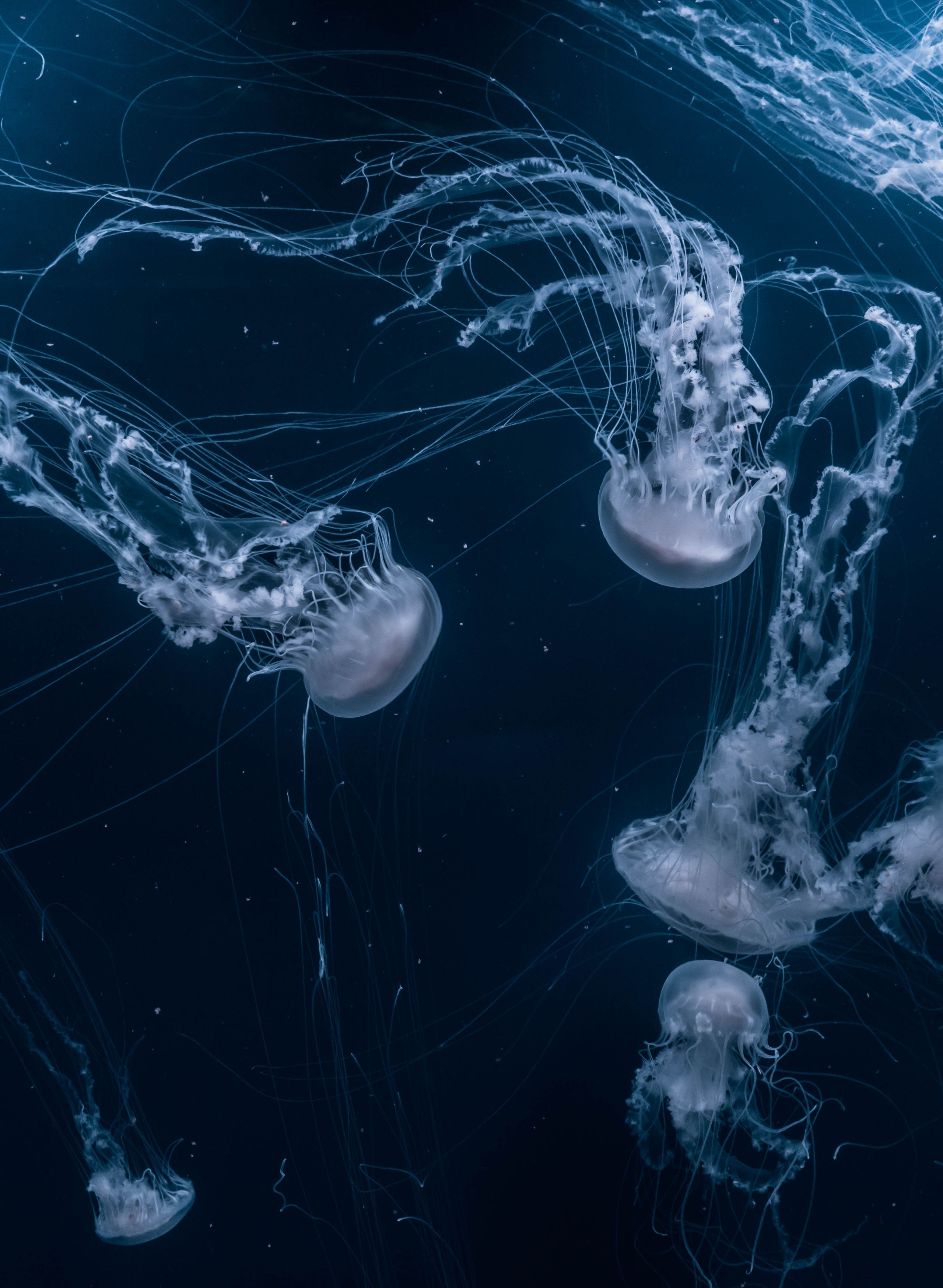
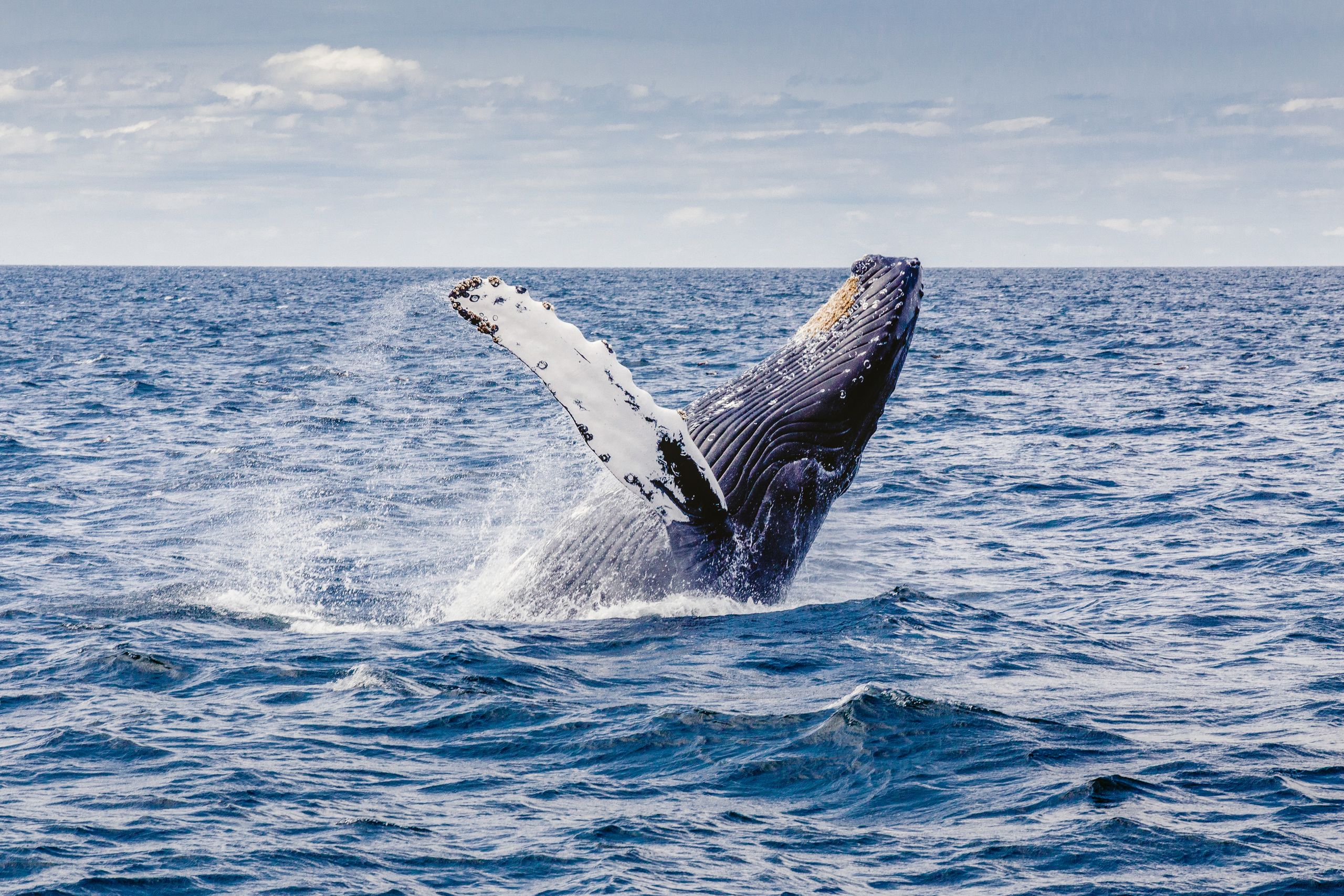
Oceans contribute about $US3 trillion to the global economy. Photo: Thomas Kelley on Unsplash
Oceans contribute about $US3 trillion to the global economy. Photo: Thomas Kelley on Unsplash
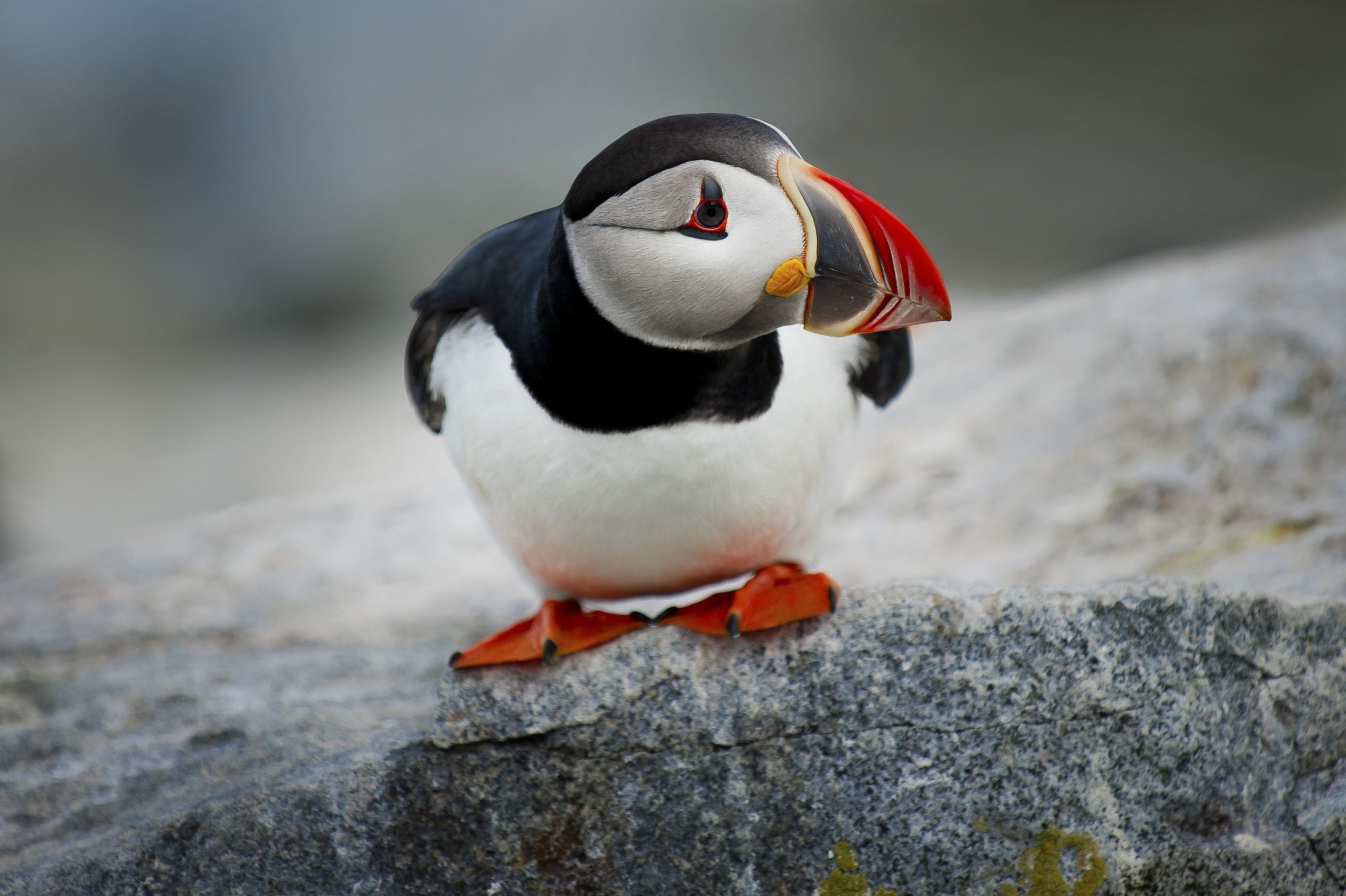
Marine Protected Areas have been established in more than 35 countries. Photo: Ray Hennessy on Unsplash
Marine Protected Areas have been established in more than 35 countries. Photo: Ray Hennessy on Unsplash

By 2100 without significant change, more than half the world’s marine species may face extinction. Photo: Jeremy Bishop on Unsplash
By 2100 without significant change, more than half the world’s marine species may face extinction. Photo: Jeremy Bishop on Unsplash
UNDP’s Water and Ocean Governance Programme works with UN agencies, international organizations, and 100 countries at all levels of governance, guided by Sustainable Development Goal 14—to ensure marine animals survive and prosper.

Oceans contribute about $US3 trillion to the global economy. Photo: Thomas Kelley on Unsplash
A vital part of this is preserving the livelihoods associated with the oceans—when you factor in tourism, fishing and offshore oil and gas, oceans contribute about US$3 trillion to the global economy, about 5% of GDP.
Thanks to UNDP support, under the Global Marine Commodities Project, the people of Costa Rica have launched the world’s first National Action Plan for sustainable fisheries of large pelagic species, such as yellowfin tuna, mahi-mahi and swordfish. This protection will expand to nine fisheries in Ecuador, the Philippines and Indonesia by 2021.

Marine Protected Areas have been established in more than 35 countries. Photo: Ray Hennessy on Unsplash
Almost half the world’s tuna supplies are being conserved thanks to a partnership with 14 Pacific Island countries, the Global Environment Facility, and the Forum Fisheries Agency.
With support from UNDP and the GEF and nearly US$3 billion in investments, the 17 countries that surround the Black Sea have succeeded in eliminating its massive dead zone, allowing the ecosystem, tourism, and fisheries to recover.
With UNDP and GEF support, Marine Protected Areas have been established in more than 35 countries. Altogether they cover nearly 90 million hectares.

By 2100 without significant change, more than half the world’s marine species may face extinction. Photo: Jeremy Bishop on Unsplash
The long-running GEF Small Grants Programme has contributed US$30 million to more than 1,138 projects which restore coastal habitats and preserve the livelihoods associated with them.
“The restored reefs at Laughing Bird Caye National Park are stunning, but almost equally stunning are the early results you’re getting at some of the other restoration sites.”
What comes next?
“Health to the ocean means health for us.”

We may never truly know the vast expanse of the ocean, but we do know what needs to be done to protect our largest life-support system. And us—because more than three billion people depend on marine and coastal biodiversity for their livelihoods.
We must fully commit to conserving the oceans’ incredible resources for economic growth and sustainable development.
For governments, this means meeting commitments under a wide range of UN and other ocean-related agreements.
For donors, this means significantly increased financing of SDG14 to meet the high cost of reducing coastal and ocean pollution.
For us, it’s being aware of how everyday decisions affect the oceans--from choosing public transport over driving, to buying sustainably-sourced seafood, to not using non-recyclable plastic.


